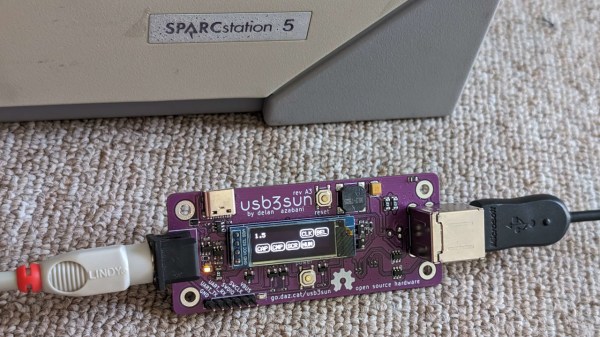Once upon a time, a watch was just a watch. These days, though, smartwatches have all kinds of tricks built in, from heartrate sensors, to accelerometers, gyros, and tons of networking capability. Take advantage of just some of that hardware, and you have yourself a pretty nifty controller. And that’s precisely what [Simon Brem] did.
The project is based around the capable PineTime smartwatch, which [Simon] has been using with the InfiniTime firmware. On this platform, he created an app that sends out Bluetooth MIDI commands straight from the watch. It can be used as a motion controller, where waving and angling the watch can be used to control MIDI parameters, or it can be used to sync BPM to the wearer’s heartrate. [Simon] demonstrates an example use case in a demo video, where the watch is used to control filters in pleasant ways.
We’ve seen a lot of neat watch hacks lately, as it turns out! To say nothing of the brilliant MIDI controllers that have come through these doors, as well. Video after the break.
Continue reading “Bluetooth Wearable Becomes Rad Synth Controller”



















